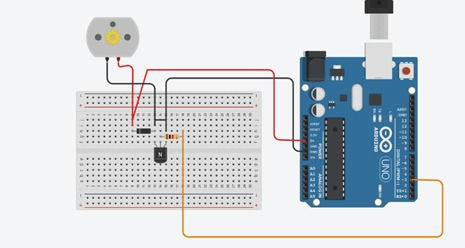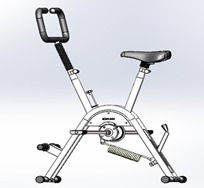Final solution
- Groundnut sheller team

- May 10, 2020
- 3 min read
Howdy lovely Readers,
We have come to end of the road and we would have to gladly say our final solution is ready! wwwwwwwwoooooooooooossssshh!
The final prototype encompasses all the subsystems consisting of the power subsystem, the separating subsystems and the shelling subsystem. The power subsystem is pedal driven making it manually powered. The structure is of an actual bicycle connected to both the shelling system and the separating system. The shelling and separating system are attached to each other in a horizontal form with the separating form attached to the bottom. From the constructive feedback, we were able to improve upon the final product. Analyzing majority of the feedback from, was based on the stability of the system. This was a very productive feedback because even though the bicycle system could be a great support system, we would need an extra support system for the shelling and separating subsystems.
Images of the final prototype of the three subsystems: Power systems, Shelling System and Separation Subsystem
Testing the final prototype was quite tedious. Testing had to be done on the three different subsystems of the prototype. For the power subsystem, the subsystem will rely on an existing bicycle frame made up of aluminium because it the most common bicycle frame material. Testing was done on the output power of the cyclist. Calculations were done on the average force applied on a pedal of a bicycle by an average human. From the results, depending on the acceleration of the bicycle and the average force applied by a person which was taken by 160N. Based on conditions of consistency of riding the bicycle, the range of gears and their teeth. The result at the end provided a speed range of 1600rpm and 1700rpm. The total force exerted on the bicycle frame result in a tolerable torsional stress so the bicycle frame can last for a longer period, guaranteeing the durability design requirement.
For the shelling subsystem, the stress analysis was conducted on the contact part between the rotating shaft and the fixed body. Steady torque was used for our analysis which was only static analysis. Torque was gained from the power system where the steady torque was applied on the shaft that drives the sheller. Two simulations were run, the first was for stress analysis which yielded a stress of approximately to 8.54×107N/m2. This stress gained is less than the yield stress of 1.25×108N/m2 hence the design was safe for use. The deformation simulation was performed to analyse the effects on the crushing spike when subjected to load (torque of 480N.m). The results show that the tip of the pointed spikes will deform with magnitude of 4.044×10−2 mm . Thus, we realized that, we needed to re-evaluate the sharpness of the spikes. There was a need to either blunt it or chamfer to reduce stress concentration.
For the separation subsystem, the chosen material for testing was aluminium alloy1060-H18 Rod (SS). Analysis was done using a uniformly distributed static load that would be exerted on the lower parts of the sheller and the sieving structure. A uniformly distributed load of 226.227Pa which was found by considering the area of the sheller and a weight from a 12.5kg load of groundnuts was used for concept evaluation and analysis. The maximum stress the groundnuts will exert on the machine according to the simulation is 3.266e+05 N/m^2 which is less than the yield strength of the material which means the weight will not overexert the sheller. This would enable our community partner to be able to shell a large amount of groundnuts at a time. The next testing was done to determine the amount of stress that would cause the sheller to buckle under compressive load from the groundnuts. From the simulation, the maximum buckling amplitude was experienced at the outlet of the groundnuts. Thus, simulations proved that the material, which is affordable and easily available, would be able to allow the shelling of a large amount of groundnuts at a time. For the separation part, there was also a need to provide a power supply for the actuator of the rotating fan. The motor would be powered by direct current of about 5V. This would provide power to cause the motor to rotate which would rotate the fan and cause air to blow.
Images of the test results of the final prototype









Comments